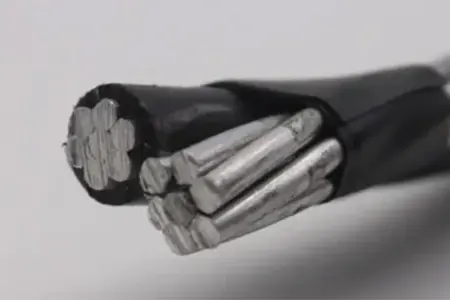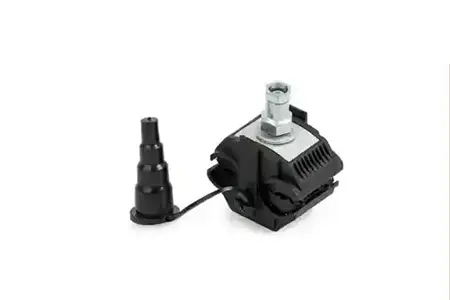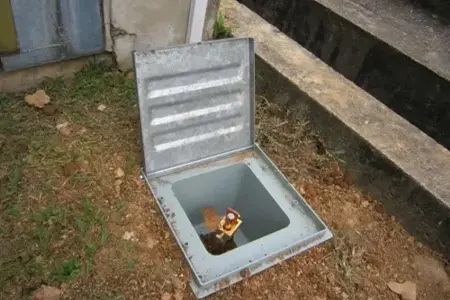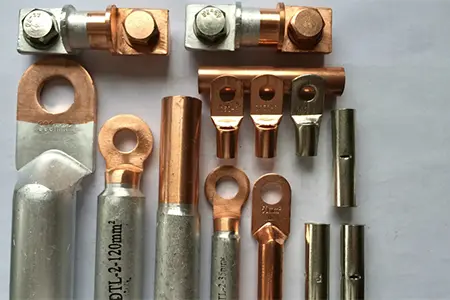Unlocking the World of PG Clamps: Types and Installation
Let’s learn about parallel groove connectors, commonly called PG clamps. If you’re involved in electrical systems or just curious about the essential components that keep the grid running smoothly, this blog is for you. We’ll explore what a PG clamp is, what different types of PG clamps are on the market, and the various applications in the field.
But why should you trust us? At WZJ, we have been at the forefront of manufacturing a wide range of clamps and connectors for over 20 years. Our products are an integral part of overhead lines and utility-scale applications worldwide. With our extensive experience and dedication to quality, we are here to share valuable insights to enhance your understanding of PG clamps and their importance in electrical systems.

What exactly is a PG Clamp?
PG clamps are used to connect two or more conductors whose axes are parallel to each other.
PG clamps are designed and installed to ensure that the conductors do not come into direct contact. When conductors are connected directly without a proper connection mechanism, the resistance at the point of contact increases, leading to heat buildup and energy loss. Therefore, to avoid such harmful discharges in grounding applications, transmission, and distribution lines, PG clamps are essential.
Importance of PG Clamps
Ensuring the stability and safety of electrical connections is paramount in any electrical system. PG clamps serve as a critical component in this realm, providing a secure and reliable means to connect conductors. These clamps are widely used across various industries, including power distribution, telecommunications, and industrial applications, owing to their versatility and dependability.
How are the clamps installed?
The PG clamp consists of two parts joined together. These gaps, called notches, are used to insert the conductor. The grooves are parallel to each other, hence the name Parallel Groove Clamp.
Now, let me show you how to use this fixture. In this case, you will see a code showing A 16-120, where “A” stands for the shaft and “16-120” means that it can accommodate conductors in the range of 16 to 120 square millimeters.

Here it is possible to insert conductors of 16 mm square and 120 mm square.
Maintenance Tips
Regular Inspection
Regular inspection of PG clamps is necessary to ensure their continued reliability. Check for any signs of corrosion, loosening, or damage, and address any issues promptly to maintain the integrity of the connection.
Proper Tightening
During inspections, ensure that all bolts and connections are properly tightened. This prevents any loosening that could affect the performance of the electrical system.
PG Clamp Type
PG clamps are made of materials such as aluminum, brass, or galvanized steel. Depending on their application, they are subjected to high electrical and mechanical stress. Therefore, let us discuss their types according to their application.
Aluminum PG Clamps
These PG clips are mainly used for the distribution and transmission of electricity on aluminum conductors, ranging from low voltage to high voltage up to 220 kV, depending on the design and specifications. They are used to connect two conductors in parallel to accept a tap connection.
Several types are available, such as single-bolt clamps, double-bolt clamps, and triple-bolt clamps. The type depends on the size of the conductor and the current carrying capacity.
When both conductors are aluminum, use an aluminum PG clip. If one is copper, a bimetallic PG clip is required. This is because they can cause dissimilar metals to corrode when two different metals are in contact for an extended period.
Bimetallic Clamps
Bimetal clamps solve this problem by preventing direct contact between aluminum and copper. This occurs due to friction welding and forging in one of the grooves. As a result, corrosion of the dissimilar metals is avoided. Bimetallic clamps are also available in different sizes and bolt types, just like aluminum clamps.
Brass PG Clips
These clips are made of brass or bronze and are mainly used for grounding and lightning applications. They are designed to securely hold the copper conductors on both sides, ensuring a stable connection.
Materials Used in PG Clamps
Aluminum
Aluminum is a common material used in the manufacture of PG clamps due to its lightweight and excellent conductivity. Aluminum clamps are particularly suitable for outdoor applications as they resist corrosion and can withstand harsh environmental conditions.
Copper
Copper PG clamps offer superior conductivity and are often used in applications requiring high electrical performance. Copper’s natural resistance to corrosion and its durability make it an ideal choice for both indoor and outdoor installations.
Steel
Steel clamps, typically galvanized or stainless, provide exceptional strength and durability. These clamps are used in applications where mechanical robustness is a priority, such as industrial installations and high-stress environments.
How to check the quality of PG clamps?
1) Thickness: The thickness determines the current carrying capacity. If the fixture is too thin, it will not be able to handle the mechanical stresses and electrical loads correctly. This can lead to overheating, deformation, and even failure under load.
2) Corrosion: Corrosion causes an increase in resistance, resulting in heat buildup and potential failure. It can also weaken the mechanical strength of the fixture, leading to breakage or rupture.
One technique to avoid corrosion is tin plating. Tin plating, also known as tinning, is an industrial process where a thin layer of tin is applied to the surface of a metal object. This plating helps resist corrosion and ensures good electrical conductivity. It forms a protective layer that prevents oxidation and improves the durability and performance of the fixture.
I hope you now have a brief understanding of PG fixtures and their role in electrical safety. WZJ is ready to support your project needs for fixtures, plug connectors, and hundreds of other electrical hardware.



FAQs
What are the main types of PG clamps?
The main types of PG clamps include compression clamps, bolted clamps, and spring clamps. Each type has its specific applications and advantages, depending on the requirements of the electrical system.
How do I choose the right PG clamp for my application?
Choosing the right PG clamp involves considering factors such as the type of conductors, the environmental conditions, and the specific requirements of the application. Consulting with a professional or referring to the manufacturer’s guidelines can help make an informed decision.
What tools are required for installing PG clamps?
Installing PG clamps typically requires tools such as torque wrenches, crimping tools, and insulation strippers. These tools ensure that the clamps are installed correctly and securely.
How often should PG clamps be inspected?
PG clamps should be inspected regularly, with the frequency depending on the application and environmental conditions. Routine inspections help identify any issues early and ensure the continued reliability of the connections.
Can PG clamps be reused?
While some PG clamps can be reused, it is generally recommended to use new clamps to ensure the integrity of the connection. Reusing clamps can compromise their performance and lead to potential issues.
What are the benefits of using aluminum PG clamps?
Aluminum PG clamps offer benefits such as lightweight, excellent conductivity, and corrosion resistance. These attributes make them suitable for a wide range of applications, especially in outdoor and harsh environments.
Conclusion
PG clamps are essential components in ensuring the stability and reliability of electrical connections. By understanding the different types of PG clamps, their materials, installation techniques, and maintenance requirements, you can significantly enhance the performance and safety of your electrical systems. Regular inspections and adherence to best practices will ensure that these vital components continue to perform optimally, contributing to the overall efficiency and dependability of the infrastructure they support.
Related Links:
PG Clamps Product Page
Contact Us
Website: https://www.wzjelec.com/
Email: rose@sunjelec.comAuther: Leb






